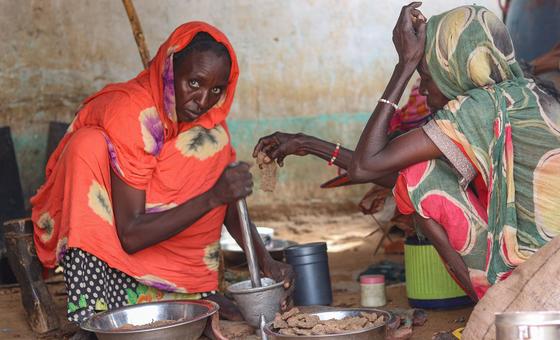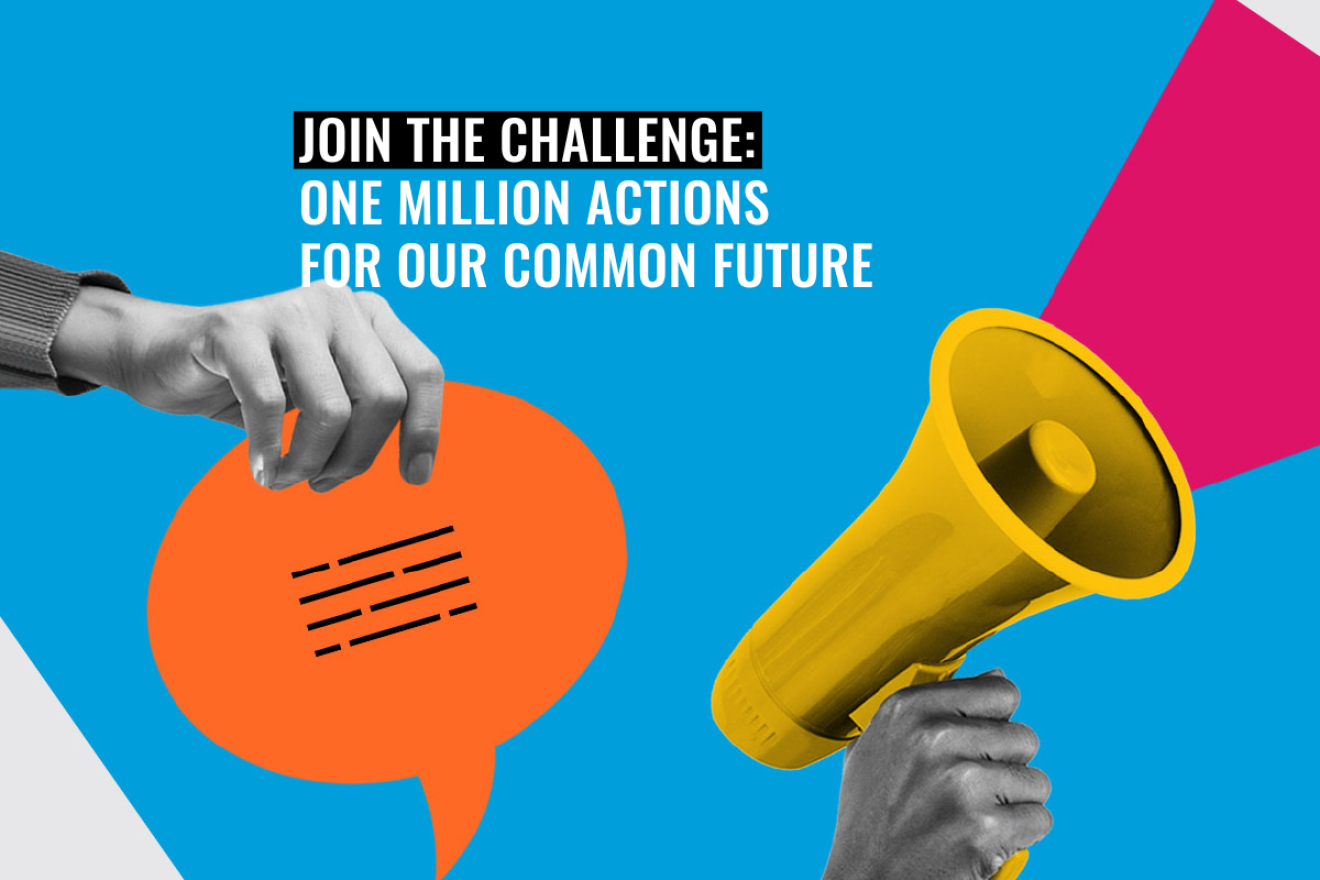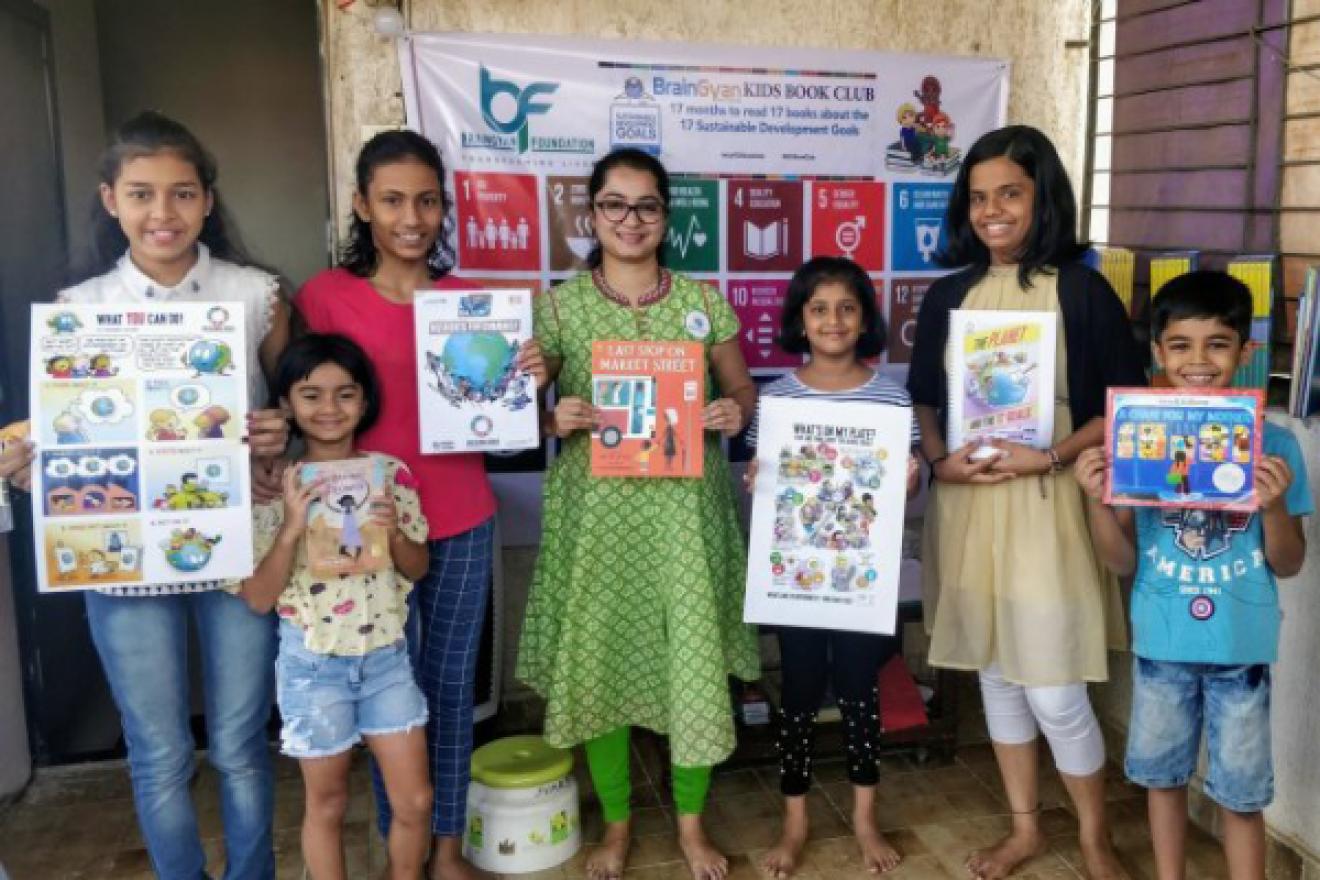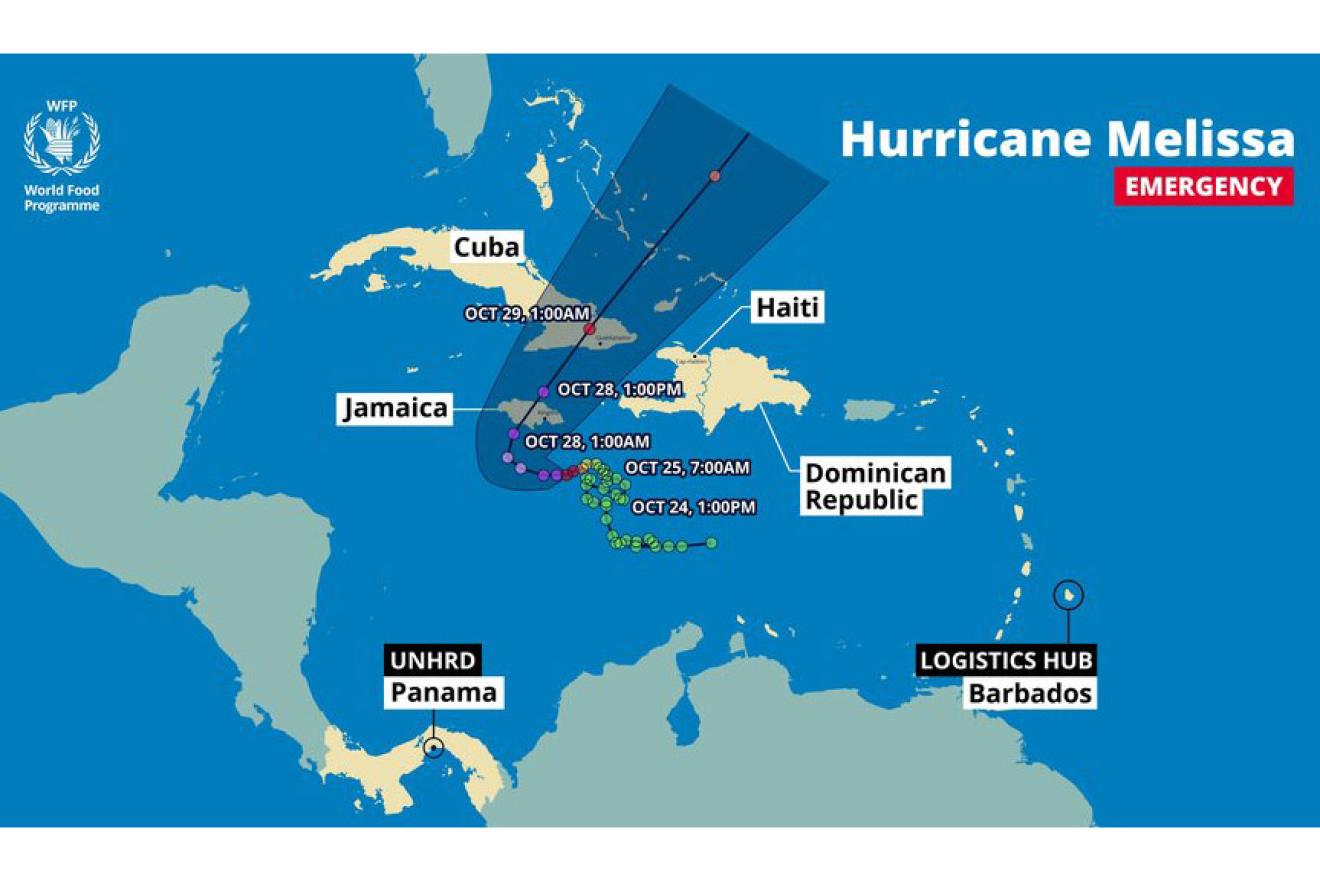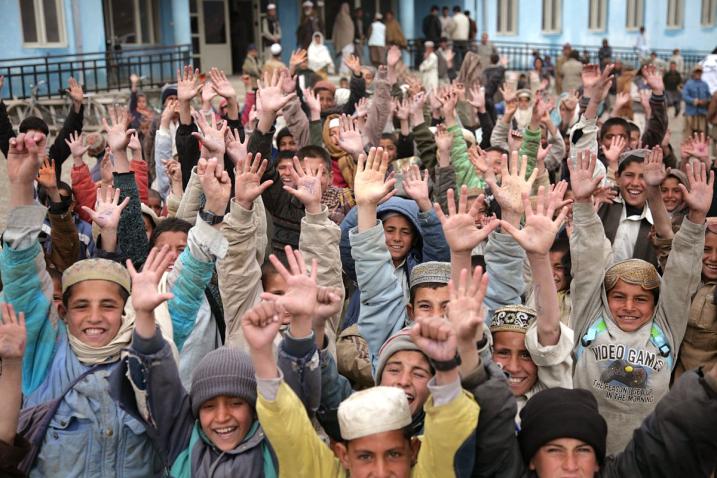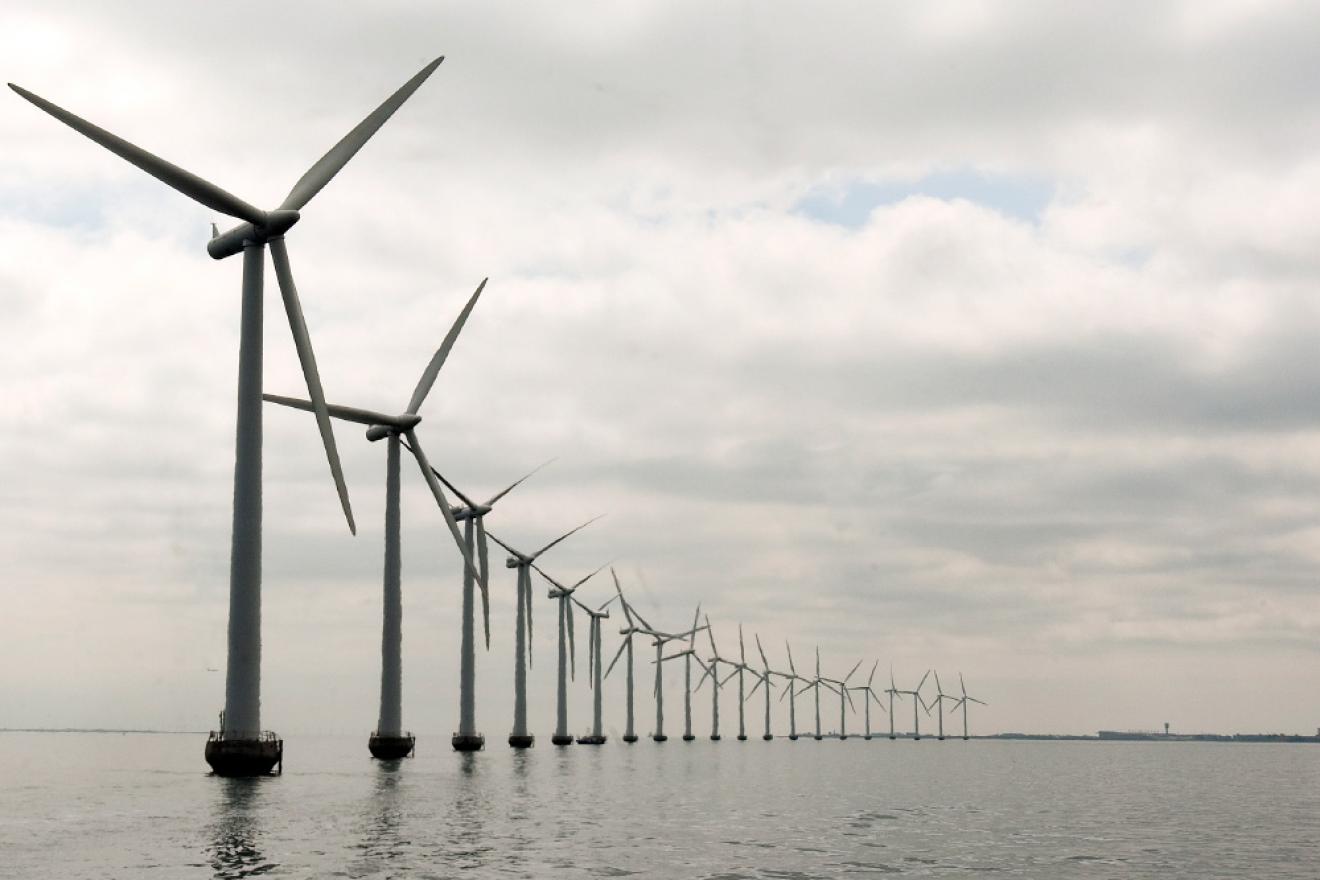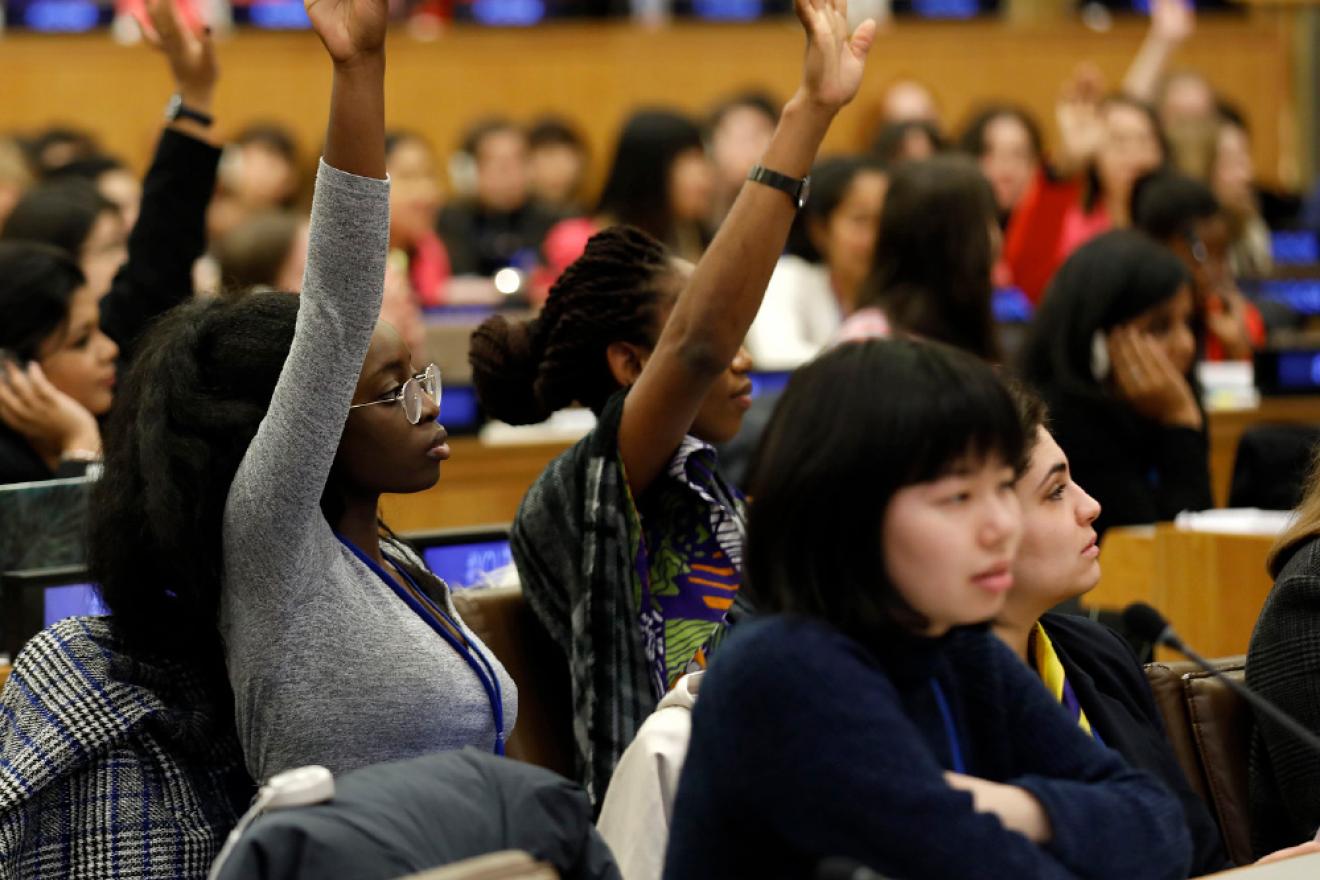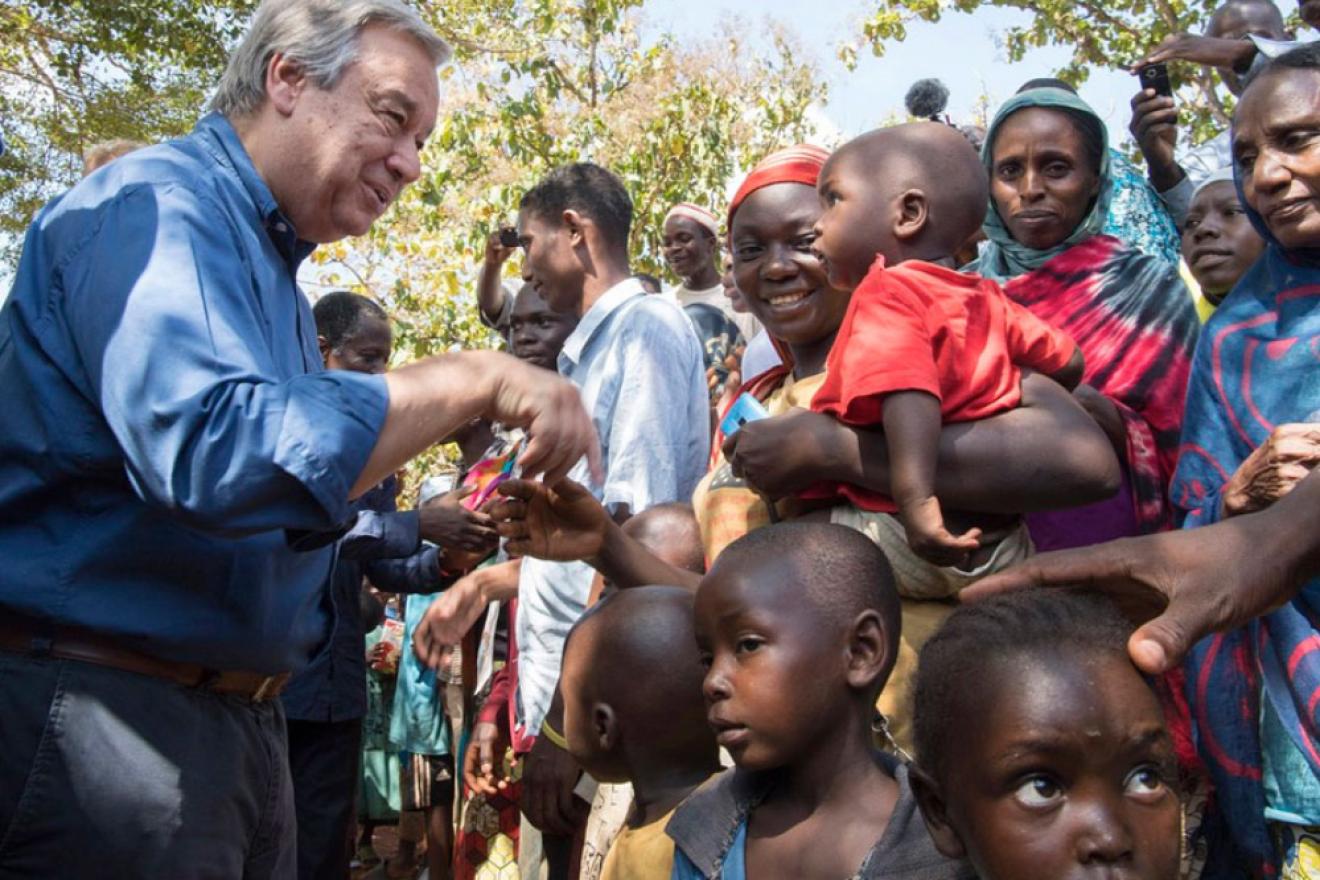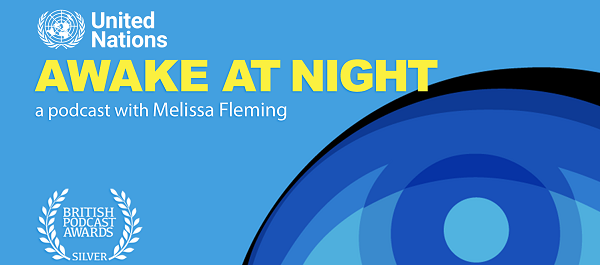The Goals can improve life for all of us. Cleaner air. Safer cities. Equality. Better jobs. These issues matter to everyone. But progress is too slow. We have to act, urgently, to accelerate changes that add up to better lives on a healthier planet. Find new inspiring actions on the app and at un.org/actnow.
World Cities Day champions human-centred smart cities
World Cities Day (31 October) shines a spotlight on how data-driven decision-making, technology, and artificial intelligence can improve urban life and support recovery from ongoing shocks and crises. This year’s theme centers on promoting people-centred smart cities, emphasizing the importance of placing human needs at the core of urban innovation. The observance provides a global platform for cities to exchange best practices, share experiences, and explore strategies for advancing people-focused smart city initiatives, while fostering international cooperation and cross-sector partnerships.


